What are the Characteristics of the New Composite Filter Ball ?
What are the Characteristics of the New Composite Filter Ball ? Wondering what sets the dazzlingly innovative brand-new composite filter ball apart as the ultimate game-changer in the vast realm of filter material technology? This filter ball is a marvel of engineering and design. Each feature contributes to its unparalleled strength, superior filtration capabilities, and eco-friendliness, making …
What are the Characteristics of the New Composite Filter Ball ? Read More »

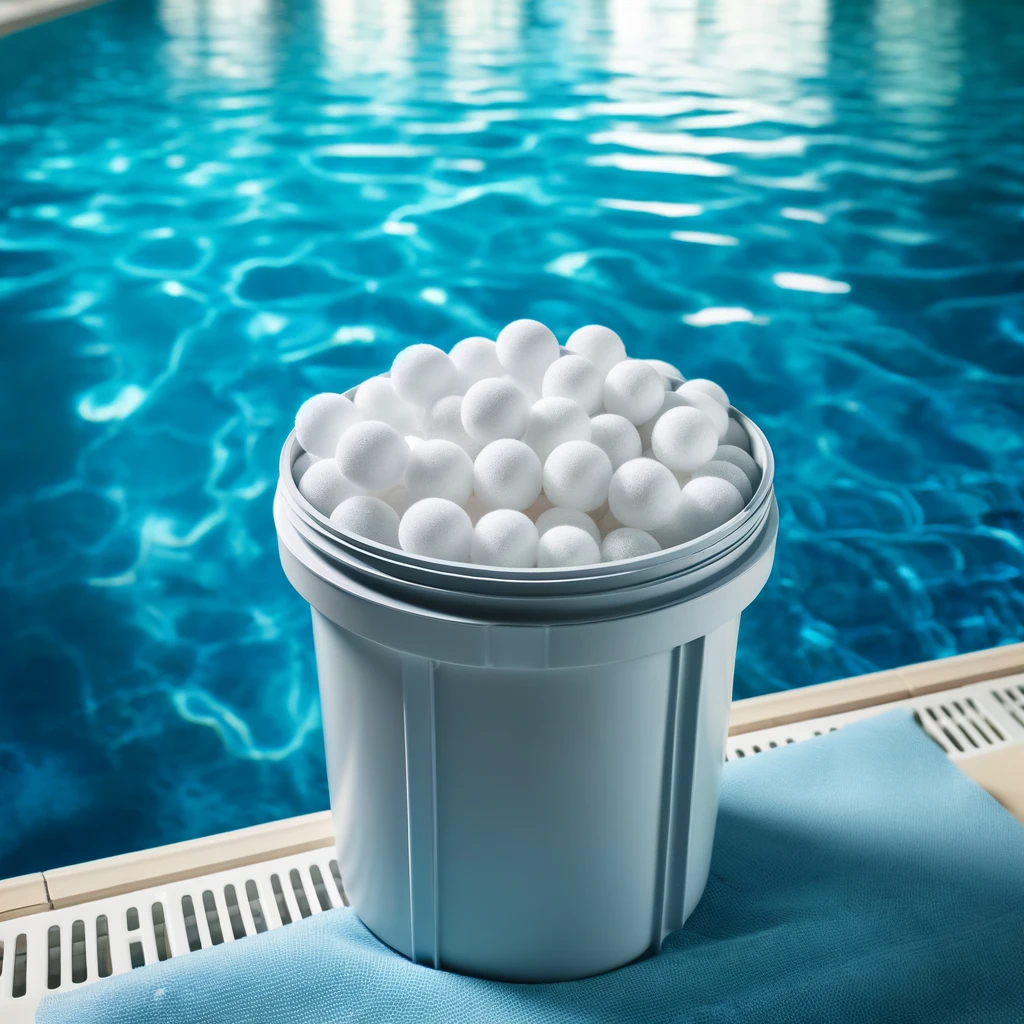

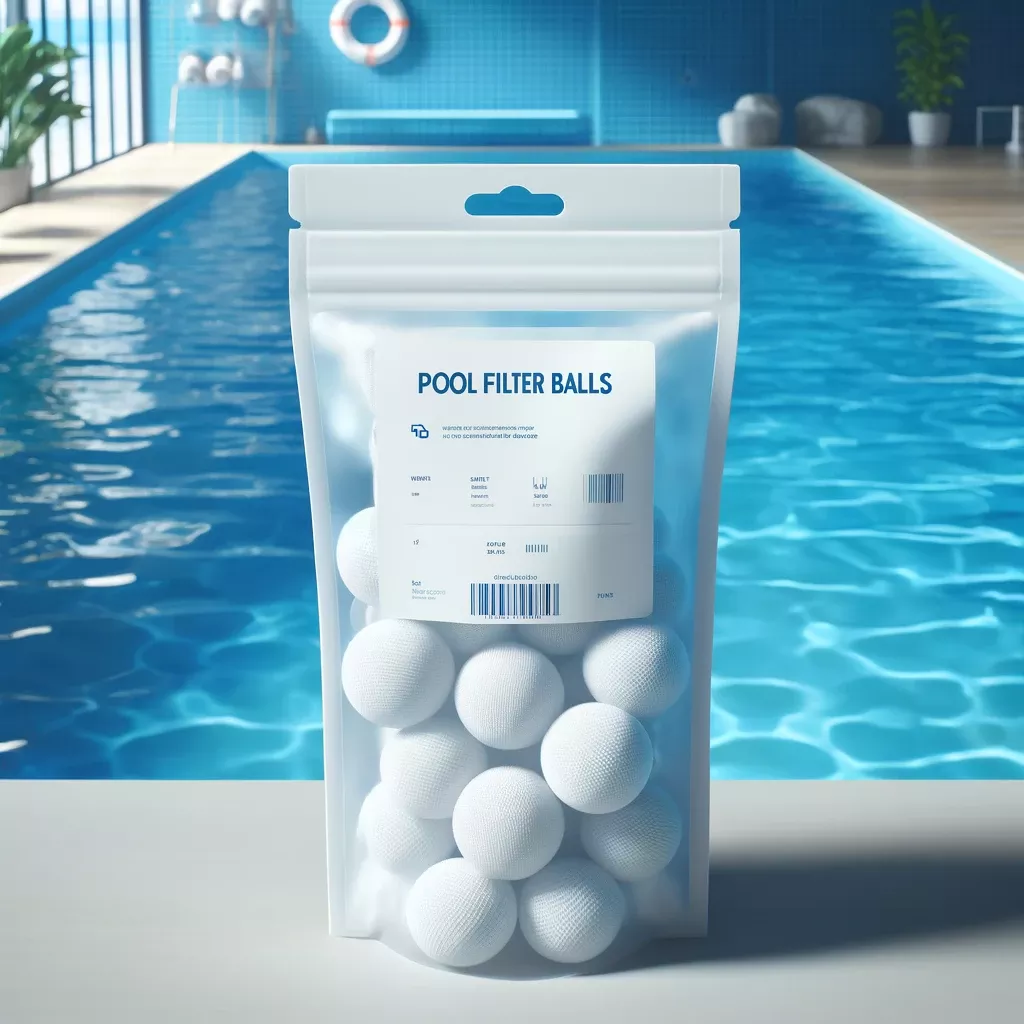
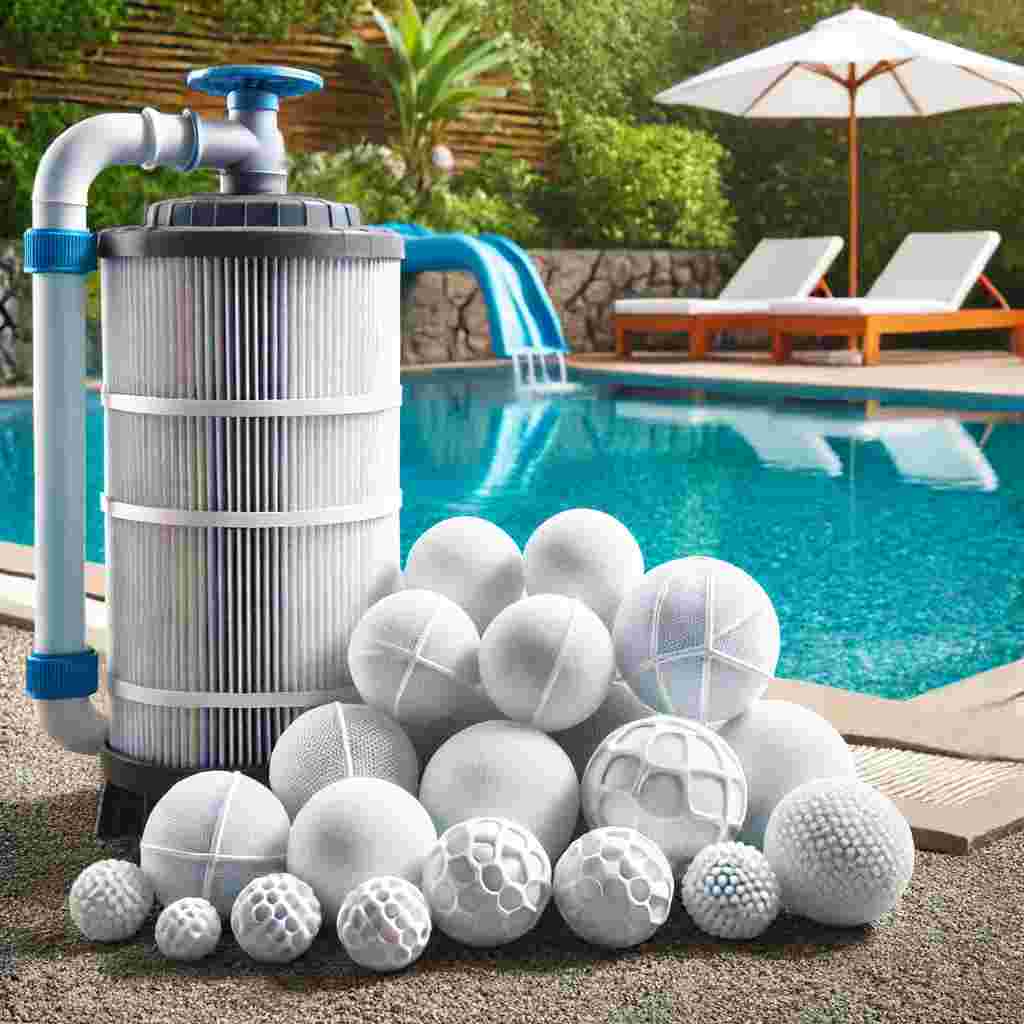

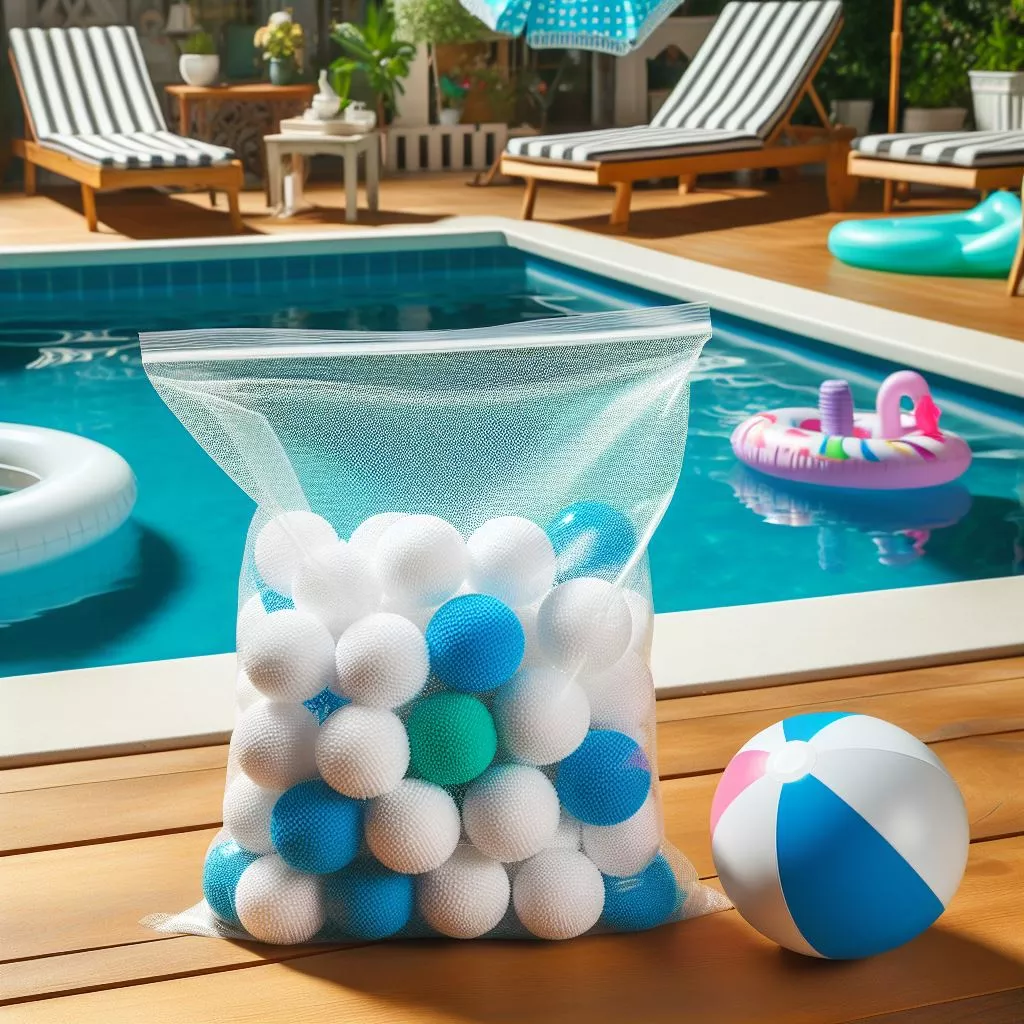

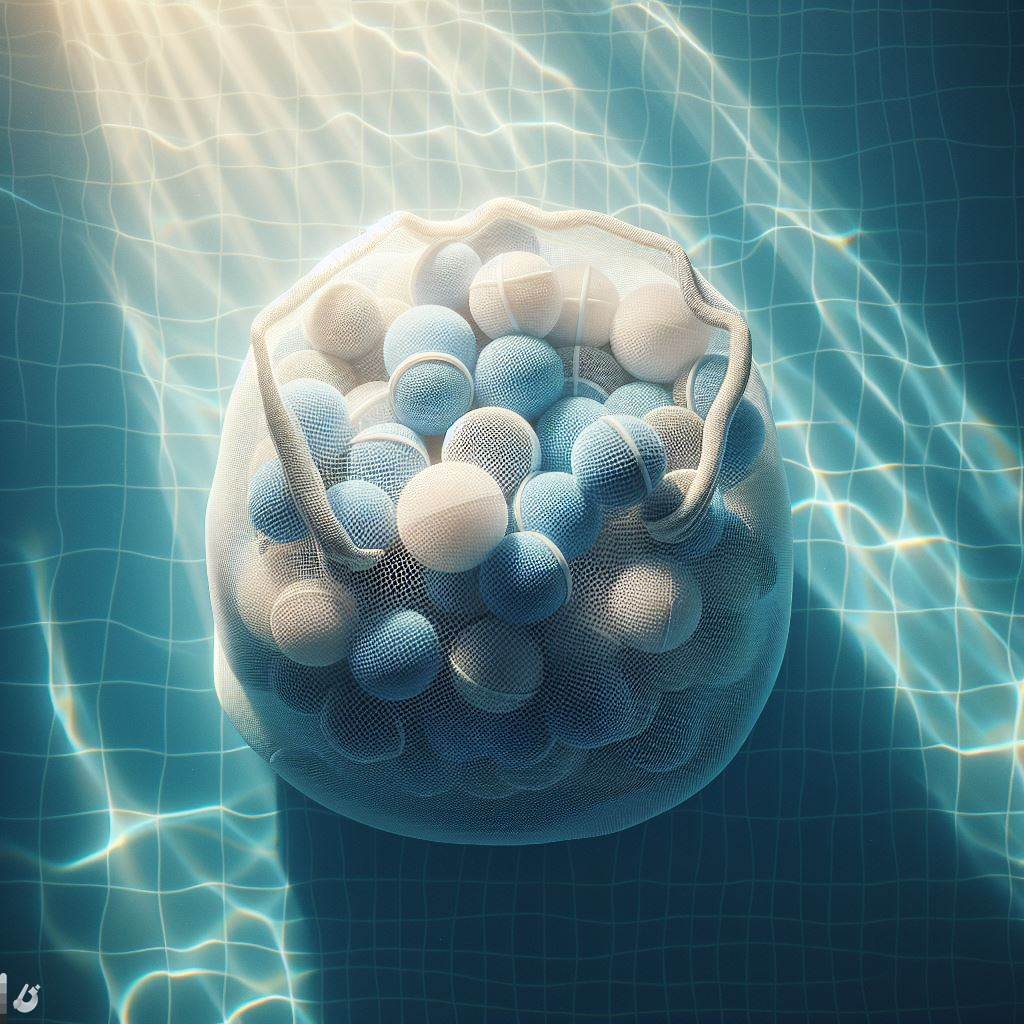

 Instant
Quote
Instant
Quote Email
Us
Email
Us